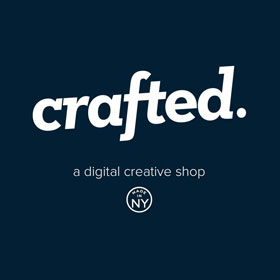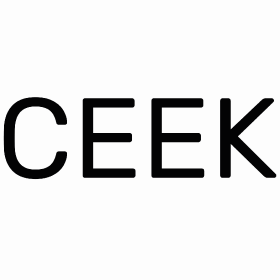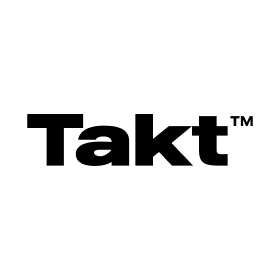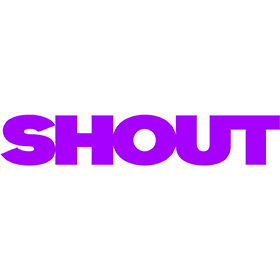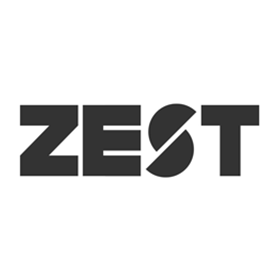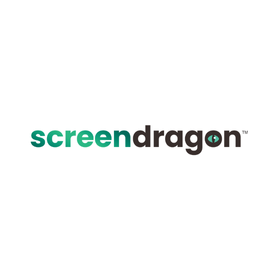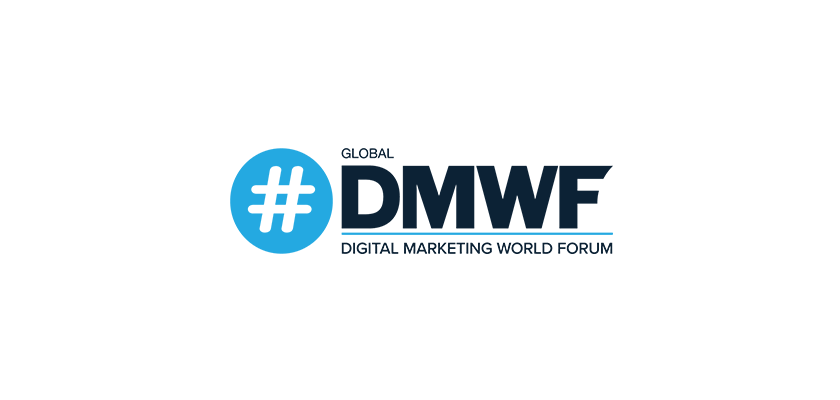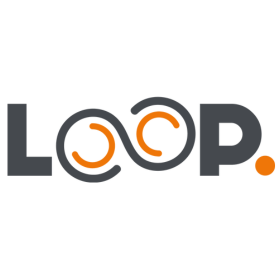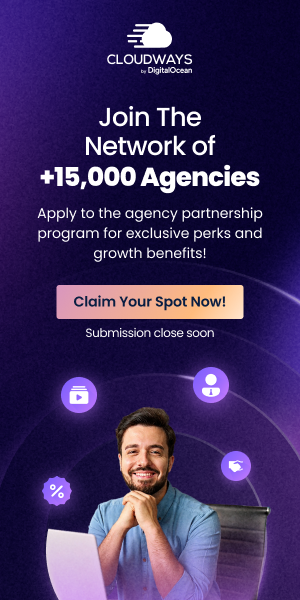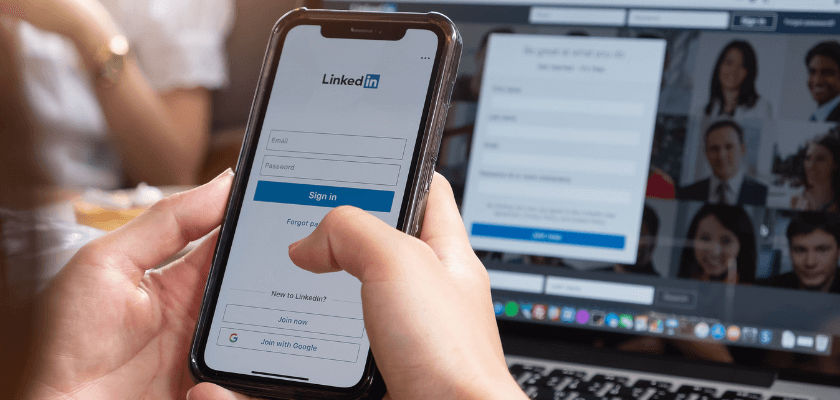
Get the Most Out of LinkedIn’s Lead Generation Tools
LinkedIn is consistently ranked as one of the most effective channels for B2B marketers. With over 900 million users spanning more than 200 countries worldwide, it isn’t difficult to understand why LinkedIn’s focus on lead generation has helped it become a go-to platform for businesses looking to identify and win more high-quality leads or accelerate their marketing activities overall.
If you’re unfamiliar with LinkedIn’s in-channel lead generation forms, here’s a quick rundown of how they work, why they’re seemingly geared toward B2B brands, and how to use them to get the most out of your business’s LinkedIn Lead Gen efforts.
LinkedIn Lead Gen Forms
LinkedIn’s lead gen forms are some of the most useful tools for advertisers looking to generate leads within the platform. They can be incorporated into specific posts or ads that are created within the platform and simply put, Lead Gen forms give advertisers the opportunity to connect with leads on the social network directly, rather than having to redirect them to an external landing page
.The forms are pre-populated with user information that is pulled from their LinkedIn profiles. This helps increase form-completion rates by reducing the number of fields that users have to enter manually. Lead gen forms also utilize a technology that is optimized for mobile use, simplifying and enhancing accessibility and experience for users regardless of their device preferences — which is a major advantage seeing as over half of LinkedIn’s total traffic comes from mobile users.
Benefits for B2Bs
Whether they were intentionally designed that way or not, LinkedIn lead gen forms seem to cater to the unique needs of B2B marketers in particular.
Audience Specification
LinkedIn advertisers have the option of building and curating targeted audiences, which can be intentionally centered around highly-specified B2B audiences. These targeting options also make it easy for B2B marketers to prioritize decision-makers by including role-specific parameters for industry type, company size, and even seniority levels for certain job titles.
Content Marketing Exposure
B2B buyers routinely search for product or service information online before making their purchasing decisions. With content playing such an important role in moving B2B buyers forward in their customer journey, LinkedIn’s nine billion monthly content impressions become even more invaluable for organic content creators, influencers, and of course, B2B marketers looking to connect with key audiences within the platform.
Qualified Lead Sources
With its impressive professional database full of key decision-makers in B2B audiences, LinkedIn is an undeniably advantageous place to foster customer engagement and create sales opportunities. Since there are over 180 million senior-level influencers on the platform as well, it is safe to say that focusing your lead generation efforts on LinkedIn also means increasing your brand’s visibility in front of more high-volume leads.
Higher Data Collection and Conversion Rates
The key to the success of LinkedIn’s Lead Gen forms is in their ability to collect more data and convert more leads by removing friction. Because the forms are auto-populated with user info, prospects avoid having to fill out lengthy forms packed with tedious or redundant fields. This gives advertisers the ability to ask for more information without reducing conversion rates.
Best Practices
LinkedIn Lead Gen forms do a lot of the heavy lifting for their advertisers. That said, there are still a few simple things B2B marketers can do to optimize their users’ experience and maximize the overall effectiveness of the forms.
1. Use strong headlines and compelling descriptions — LinkedIn Lead Gen forms are incredibly low-maintenance, with plenty of presets and pre-filled fields to choose from with no more than a few simple clicks. However, no amount of automation can compensate for the impactfulness of clever, creative, and customized copy. The first step in making your forms effective is getting users to read them in the first place, so be sure to use direct, enticing headlines and descriptions that clearly and concisely convey either your call to action or the benefits of the product or service your form is promoting.
2. Limit your form fields — Lead Gen forms already reduce the number of manual-entry fields by auto-populating user info that is pulled from their profiles. But, limiting the number of any additional form fields to a minimum is still recommended in order to improve user experience and increase the number of form submissions by keeping things as simple and efficient for users as possible.
3. Include a Thank You page — Aside from the fact that Thank You pages are almost always well-received by users, they also provide advertisers with treal estate that can be used to create double conversion opportunities. By incorporating secondary CTA’s or links into your Thank You page, you can direct converted users — who have already provided their email address as a result of completing your form – to your website, where they can be nurtured further or presented with another offer of your choice.
Once you’ve gotten the hang of creating and incorporating Lead Gen forms into your LinkedIn advertising efforts, the next step is to start testing and optimizing! LinkedIn’s lead generation tools offer countless ways to cater your content and your ad strategies to hyper-specific audiences, meaning there are almost always new approaches or tactics you can use to get the more out of your lead gen efforts within the platform.
Want more expert insights from the braintrust that occupies our digital strategy table? Contact CID to get started.


